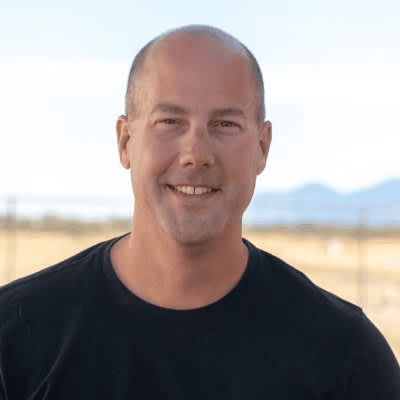How LAKOR Scaled from Surf Camp Sketches to Shopify Success

Business Description
Table of Contents
Navigate through the case study sections
Executive Summary
Case Study Content
Background: From Surf Camp to Startup
In 2014, three Danish pals—Lasse, Kasper, and Jesper—came home from a surf camp with an idea. Lasse sketched bold, playful graphics that felt fresh compared to logo-heavy surfwear. Kasper handled branding and sourcing, and Jesper took charge of tech. They named the business LAKOR after Lasse’s school computer username and set up a basic store on Adobe Commerce (Magento). Early orders came in from local shops and a handful of online customers. It was enough to keep everyone fired up but introduced a knot of tech headaches.
Challenge: Magento’s Growing Pains
Adobe Commerce seemed cheap to start but quickly demanded constant developer attention. Jesper became the single point of failure: any product update or new page required his deep code dives. He recalls that every beach day or family weekend risked him checking his laptop to fix a crash. The backend felt archaic—like trying to drive a sports car in first gear. Meanwhile, LAKOR was gaining traction and needed to move faster.
Choosing Shopify: Speed and Simplicity
When LAKOR evaluated Shopify, two things stood out: freedom from hosting chores and a modern admin UI. Jesper learned Shopify’s Liquid templating as a side project and cut over in just a few months. They avoided over-customizing immediately, relying on theme store patterns to get live fast. With built-in global server infrastructure, site speed worries vanished—you don’t fret about U.S. visitors when servers automatically route close to them.
Implementation: Unifying Channels
After launch, LAKOR switched on Shopify Markets to sell in Denmark, Germany, and EU. They added Shopify POS to unify two existing stores and open a third pop-up shop. Instead of juggling separate systems, their team now moves inventory with a click and offers local pickup. Wholesale accounts run through Shopify’s B2B features, so orders for stockists flow through the same platform. Staff training went from days to hours thanks to the intuitive interface.
Results: Growth Without Burnout
Year after year, LAKOR has grown at a healthy clip. The team doubled from 15 to 32 people without adding tech hires. Jesper no longer dreads vacations—or surprise support calls. Core Web Vitals pass on mobile and desktop, and the site stays lean by limiting heavy apps and auto-loading media. Most important, the founders protected their work-life balance and friendship while building a business they love.
Looking Ahead
Next up, LAKOR plans to enter new markets through a blend of direct storefronts and select wholesale partners. If you know a retailer in France or Spain, Jesper is all ears. The trio credits Shopify’s rapid feature releases for keeping them aligned: when new functionality appears, they enable it within weeks, not months of custom coding. Simplifying the essentials has let LAKOR focus on its art and community—exactly why they started.
Key Takeaways
- 1Switching to Shopify freed LAKOR from constant hosting and code maintenance, saving invaluable developer time.
- 2By using Shopify Markets and POS, the team unified online, in-store, and wholesale channels under one roof.
- 3Learning Liquid templates as a side project allowed Jesper to complete the migration in just a few months.
- 4LAKOR grew its team from 15 to 32 employees without hiring additional tech support roles.
- 5Maintaining lean front-end design and limiting apps ensured passing all Core Web Vitals tests on mobile and desktop.
- 6The brand expanded from selling in Denmark to Germany and the broader EU, with more markets planned.
Tools & Technologies Used
Premium Content Locked
Subscribe to access the tools and technologies used in this case study.
Subscribe NowHow to Replicate This Success
Premium Content Locked
Subscribe to access the step-by-step replication guide for this case study.
Subscribe NowInterested in Being Featured?
Share your success story with our community of entrepreneurs.
Explore More Case Studies
Discover other inspiring business success stories

How Petit Bateau Japan Reclaimed Control with Shopify Plus
Discover how Petit Bateau Japan broke free from a rigid outsourced e-commerce platform, adopted Shopify Plus, and booste...
Petit Bateau Japan

From IT Burnout to Blog Exit: How Steve Adcock Sold Think Save Retire for Six Figures
Steve Adcock, after 14 years in IT, started Think Save Retire to document his path to financial independence—never expec...
Think Save Retire

How a U.K. Agency Used Brand Archetypes to Revolutionize Digital Experiences
Herdl is a Leicester-based digital agency founded in 2012. By focusing on brand archetypes for positioning, rigorous pro...
Herdl